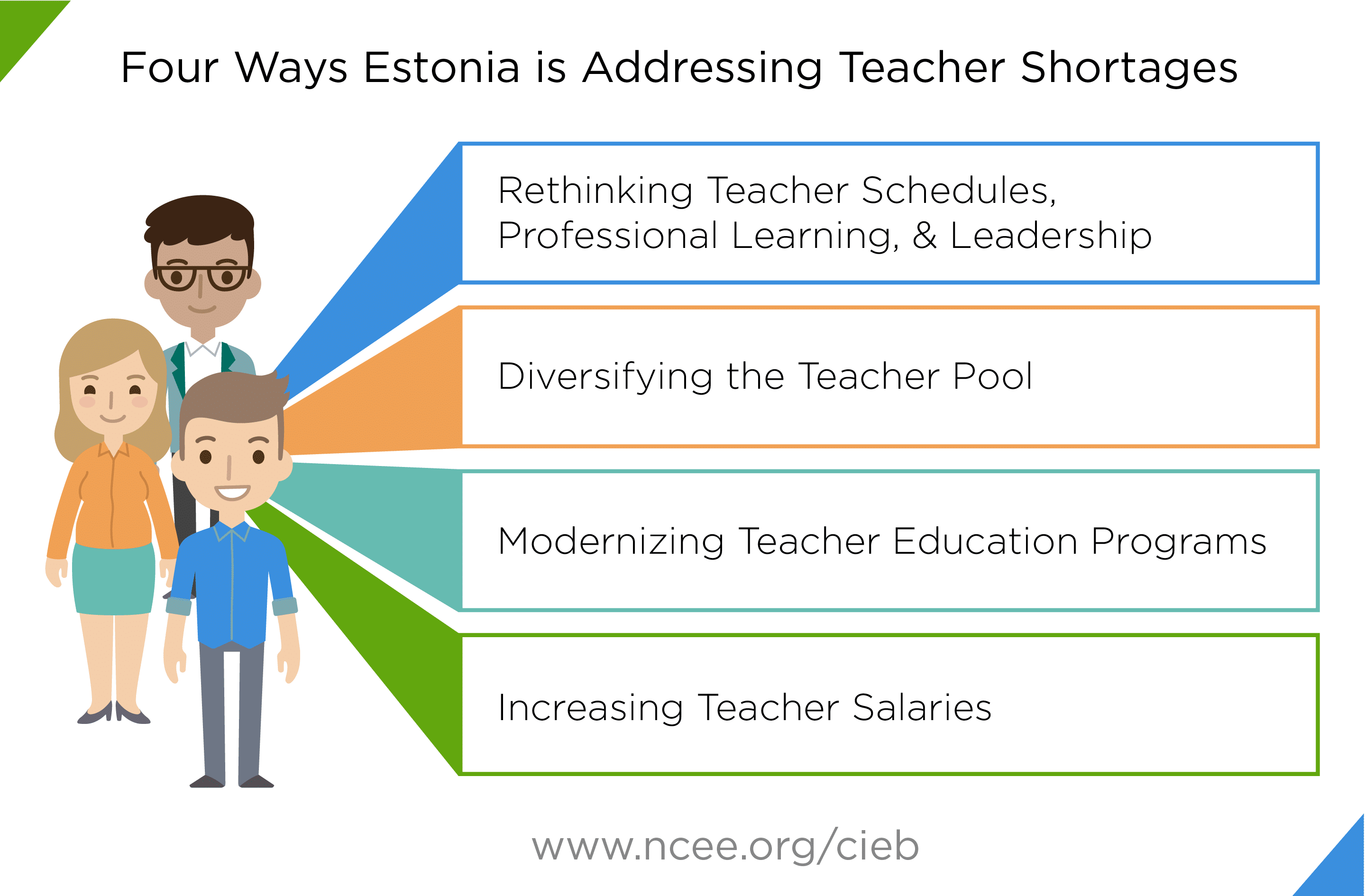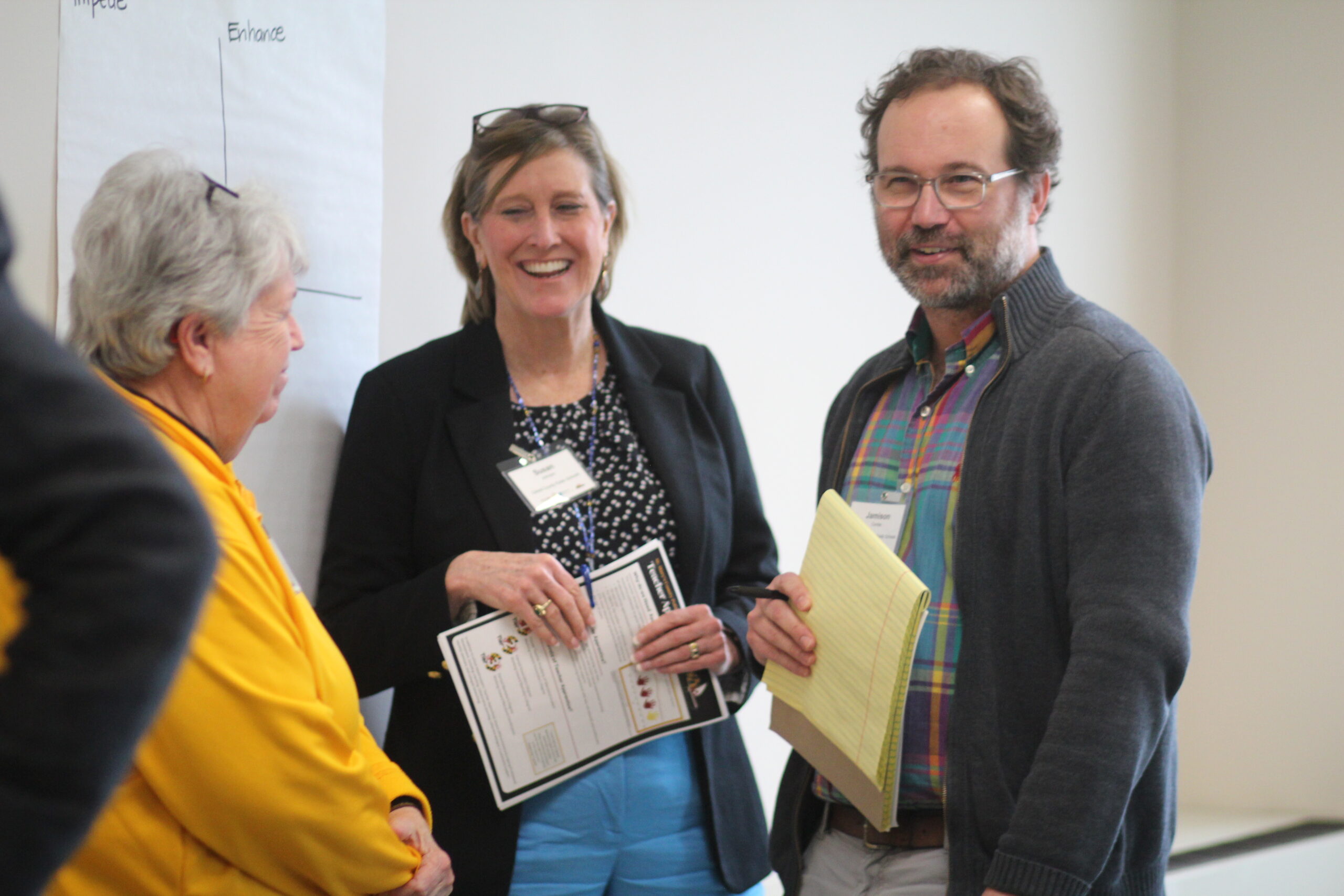
School districts across the U.S. are continuing to struggle with pandemic-related teacher shortages. But the pandemic is in many cases only compounding long-standing shortages, particularly in specific subject areas and specific geographic areas. Some top-performing jurisdictions are also grappling with long-term teacher recruitment and retention issues. Estonia, for example, has an aging teacher population and has for years been trying to ensure that teaching is competitive with other professions, particularly those in Estonia’s leading technology sector, and attractive for young people.
As with many jurisdictions, Estonia studied the salaries of its teachers, and concluded that it needed to provide stronger financial incentives to teach. Teacher salaries have increased about 40 percent from 2016 to 2020 and the Education Minister this year committed to raising salaries to 120 percent of the average wage in Estonia by 2023. In addition, new teachers receive bonuses to take positions in underserved rural areas. But these short-term financial incentives, being considered all over the world, are just a starting point for Estonia. Estonia is also focused on diversifying the teacher pool by recruiting second career candidates and creating part-time positions for specialists from other fields. The reforms are stretching from the classroom to teacher education: preparation programs are piloting “learn on the job” training programs and focusing on how to use digital tools to enhance learning and personalize education for students; and teacher education students are increasingly assuming new roles to support classroom teachers as they learn from them. These strategies are highlighted in Estonia’s Education Strategy for 2021 to 2035.
Most importantly, Estonia is engaged in rethinking the nature of the job of teaching itself. The top performer is promoting new ways of organizing schools that support more flexible schedules for teachers, more relevant professional learning, and stronger forms of teacher leadership. Many of these strategies have been called for in the U.S. as well.
For more on how Estonia organizes its education system, see NCEE’s profile of Estonia’s education system.




